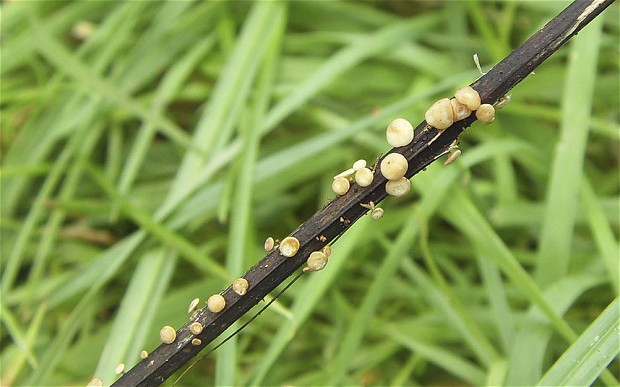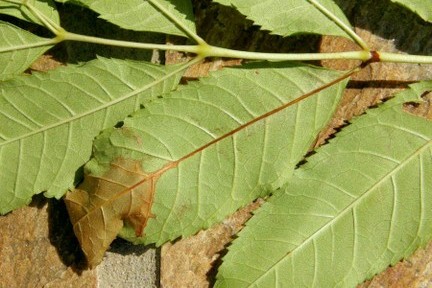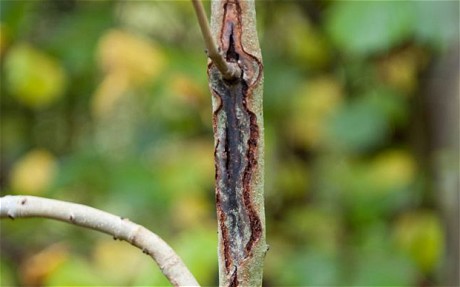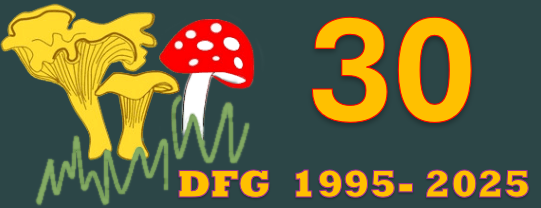Welcome to our new look site!
Recognise Ash dieback
Recognise Ash dieback
Most of the outbreaks of ash dieback disease in the natural environment are confined to East Anglia and Kent at the moment, although a small number of outlying cases have been confirmed in Northeast England and Scotland. Common ash (Fraxinus excelsior) is the most frequently affected species but Fraxinus angustifolia is also highly susceptible. In contrast, Fraxinus ornus and certain Asian ash species such as Fraxinus mandshurica are considered more resistant. In common ash, trees of all ages can be affected but mortality is particularly common in saplings.
Ash dieback is a disease of ash trees caused by the fungus Chalara fraxinea. The disease causes leaf loss and crown dieback in affected trees and often leads to tree death. Ash trees showing symptoms of Chalara fraxinea are now widespread across Europe and in 2012 it was detected for the first time in Britain – initially in a consignment of infected trees sent from the Netherlands to a nursery in the South of England, but later in trees planted in the natural environment. Surveys have now confirmed the presence of ash dieback disease at more than 150 locations in England and Scotland, including established woodlands.
Symptoms to look out for

Symptoms of the disease can be visible on leaves, shoots, stems and branches of affected trees. In severe cases, the entire crown shows leaf loss and dieback, which is often associated with the formation of epicormic shoots on branches and the trunk. Occasionally fruiting bodies of the fungus can be seen like these in this image.
Foliage

Leaves typically show wilting and black-brownish discolouration that extends into the midrib and leaf stalk. The shrivelled leaves remain attached to shoots if these are girdled quickly.
Branches and stems

Lens-shaped lesions centred on a dead side shoot are often visible on stems and branches. As the lesions girdle, wilting and dieback of shoots and branches, particularly in the upper crown, may be seen. Underneath the bark lesions, the wood is often strongly stained with the stain often extending longitudinally beyond the dead bark.
Whole tree
Severely affected trees suffer extensive shoot, twig and branch dieback and often have prolific epicormic shoots. Chalara fraxinea can be isolated from roots, as well as leaves, shoots and branch/stem lesions. Root-attacking fungi such as honey fungus can also hasten the death of woodland trees affected by ash dieback.
